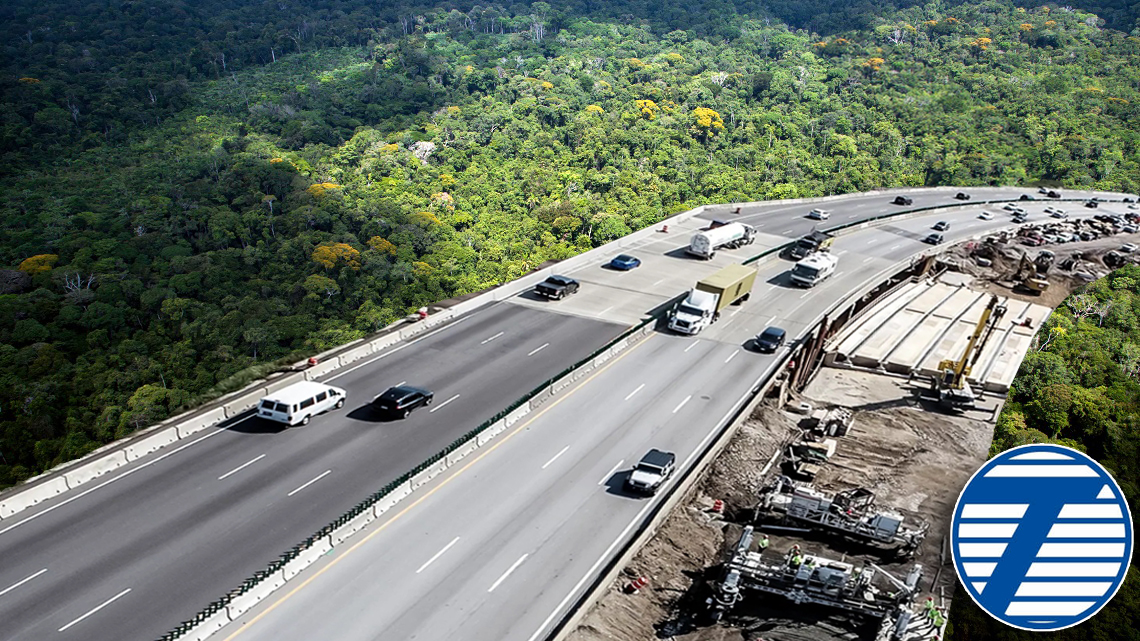All summer, the city of Portland, Maine, has been chipping away at the space it devotes to asphalt. With a reduced lane here, a curb extension there, an added landscaped median, the city is creating a safer, more inviting environment for pedestrians, reports C. Neal at Network blog Rights of Way.
Neal says these incremental improvements will also help the city's bottom line for years to come.
On St. John Street, they tore out a lane of pavement in front of the Union Plaza strip mall and planted it with shrubs, trees, and boulders.
On Park Avenue between St. John and Deering Avenue right now, they're tearing up the parking lane at key intersections to build wide landscaped esplanades.
Aside from looking nice and making the streets safer for everyone, these projects are saving the city some real money. The Valley Street and Eastern Prom projects were done in conjunction with regularly-scheduled repaving projects. Moving the curbs and paying for the new landscaping wasn't cheap, but the costs were substantially offset by reducing the amount of square footage that ultimately needed to be covered by new asphalt.
And from here on out, just from these modest changes, City of Portland taxpayers will save real money every year in reduced snow removal costs, less street sweeping, reduced asphalt maintenance costs, and less stormwater runoff from pavement.
Elsewhere on the Network today: Beyond DC wonders if the U.S. capital city can build a streetcar network in just five years. Twin City Sidewalks gleans some lessons from the city of St. Paul's first ever open streets event. And BTA Oregon says the other Portland is a step closer to securing $6 million for downtown walking and biking improvements.







